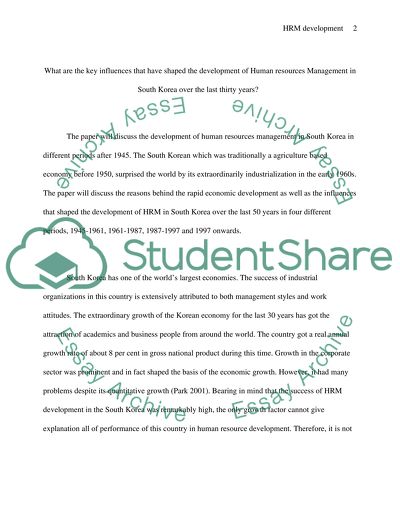Cite this document
(Human Resources Management in South Korea Report Example | Topics and Well Written Essays - 1500 words, n.d.)
Human Resources Management in South Korea Report Example | Topics and Well Written Essays - 1500 words. https://studentshare.org/human-resources/1559645-what-are-the-key-influences-that-have-shaped-the-development-of-human-resources-management-in-south-korea-over-the-last-thirty-years
Human Resources Management in South Korea Report Example | Topics and Well Written Essays - 1500 words. https://studentshare.org/human-resources/1559645-what-are-the-key-influences-that-have-shaped-the-development-of-human-resources-management-in-south-korea-over-the-last-thirty-years
(Human Resources Management in South Korea Report Example | Topics and Well Written Essays - 1500 Words)
Human Resources Management in South Korea Report Example | Topics and Well Written Essays - 1500 Words. https://studentshare.org/human-resources/1559645-what-are-the-key-influences-that-have-shaped-the-development-of-human-resources-management-in-south-korea-over-the-last-thirty-years.
Human Resources Management in South Korea Report Example | Topics and Well Written Essays - 1500 Words. https://studentshare.org/human-resources/1559645-what-are-the-key-influences-that-have-shaped-the-development-of-human-resources-management-in-south-korea-over-the-last-thirty-years.
“Human Resources Management in South Korea Report Example | Topics and Well Written Essays - 1500 Words”. https://studentshare.org/human-resources/1559645-what-are-the-key-influences-that-have-shaped-the-development-of-human-resources-management-in-south-korea-over-the-last-thirty-years.


